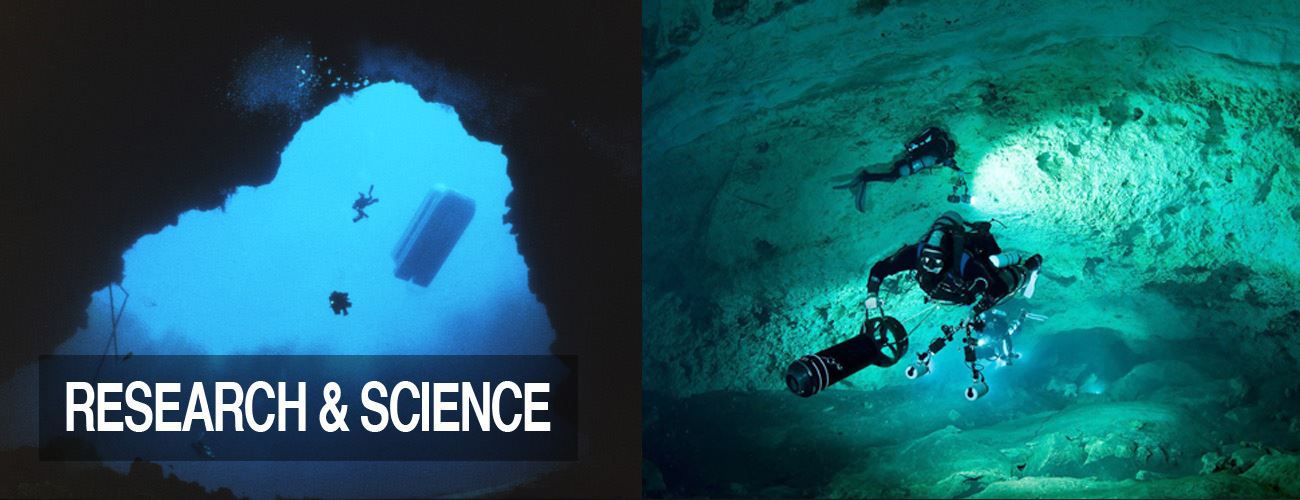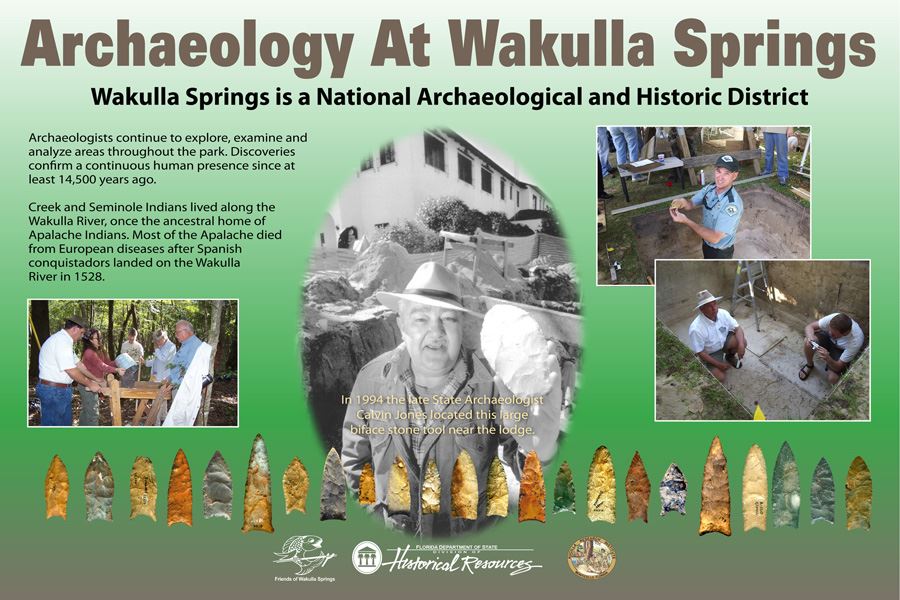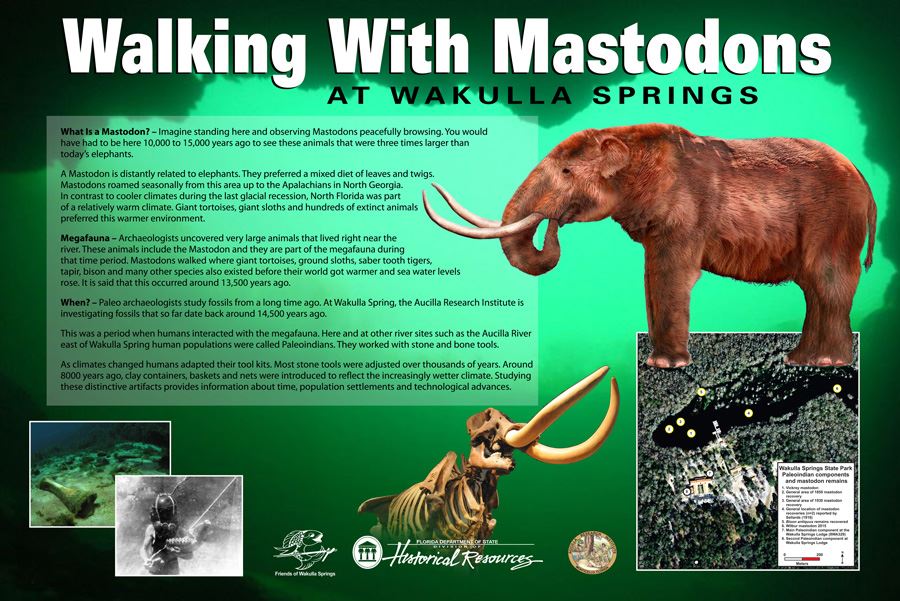
| Phone: | 850-245-6400 |
World class research has been done at the springs and has included birds, wildlife, trees, invasive plants, prehistoric mastodons, the springs and caves.
Below are a few links to some of the scientific research and documents.
Upper Wakulla River and Wakulla Springs Basin Management Action Plan (BMAP)
Unraveling the Mysteries of the Maze ï__ Global Underwater Explorers
Sinking Lakes & Sinking Streams in the Wakulla Springshed. September 2016
Wakulla Springs Restoration Plan. August 20140
Wakulla_Baseline Ecosystem Assessment. September 2016
An Ecosystem Level Study of Florida Springs. February 2010
Many archaeological and scientific excavations have been at Wakulla Springs. From the early days of man to the ancient animals that lived here. Wakulla Springs has been and continue to be a place of incredible fascination to the scientific and archaeological community.






